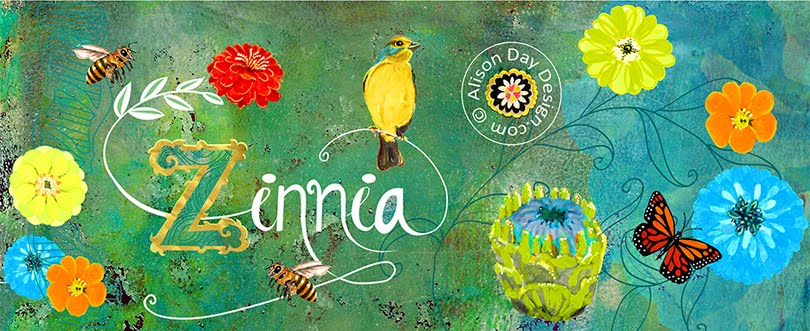As long as can be remembered and long before records were made, humans have extracted sugar from plants to use as a sweetener in some form or other. Sugar beet was first identified in 1747 and by 1880 had replaced sugar cane as the main source of sugar on continental Europe.
Sugar processing in the Northern Netherlands did not emerge until as late as 1914, and meantime sugar beet grown here had to be transported to factories in the south to be processed. It wasn’t until sugar produce had increased considerably in Groningen and Friesland, during the period of 1901-1910 that the Association of the Friese-Gronings Co-operative Beet Root Sugar Factory was set up in 1913. This association was responsible for building the sugar factory in 1914.
Although the Groningen sugar factory has received aid from the government in the form of subsidy and permanent control on growth and production since 1931, this does not detract from its role as a local employer and European sugar producer.
The factory is situated on the Groningen-Hoogkerk road south of the centre on the Hoendiep. The annual sugar beet processing period in the Northern Netherlands begins in September and continues 24 hours a day for four months, processing sugar beet produced from 105,000 acres of land. On average it takes 37 kilos of sugar beet to produce one bag of sugar that you buy in the supermarket. During this time the factory’s enormous chimneys emit a constant column of white smoke during the processing period. If the wind is blowing in the right direction, and dependent on at what stage the sugar making process is at, the smoke emissions can either be very sweet and sugary smelling, or in the extreme quite unpleasant
The Northern Netherlands has two main sugar beet companies, which process sugar beet. The Suiker Unie (The Sugar Union) and CSM. The Suiker Unie has a market share of 62.5% whilst the CSM has 37.5%. The Suiker Unie is a co-operative company, which means that the farmers are the shareholders.
Today, the sugar factory in Groningen has launched a publicity offensive against Brussels’ and plans to reform the European sugar market. A campaign slogan of ‘Keep Sugar in the Netherlands’, which the factory sports in the form of a large banner, announces this determination. A 96 day marathon, which started on 15th September and runs to the 20th December 2005, organised by the CSM, aims to produce 340,000 tons of sugar during this period, and thereby showing the improved working relations with other factories abroad, as well as the adaptations to the factory itself.
The Dutch sugar industry aims, by campaigning, to ensure continuity within the industry as well as reducing the restrictions of importing sugar from under developed countries. This is underlined by the sugar industry’s reform proposals that have been collectively drawn up for a more equal and responsible sugar market for the European Community.
©
Alison Day
First
published in the Connections magazine #10
Winter 2006






.jpg)


